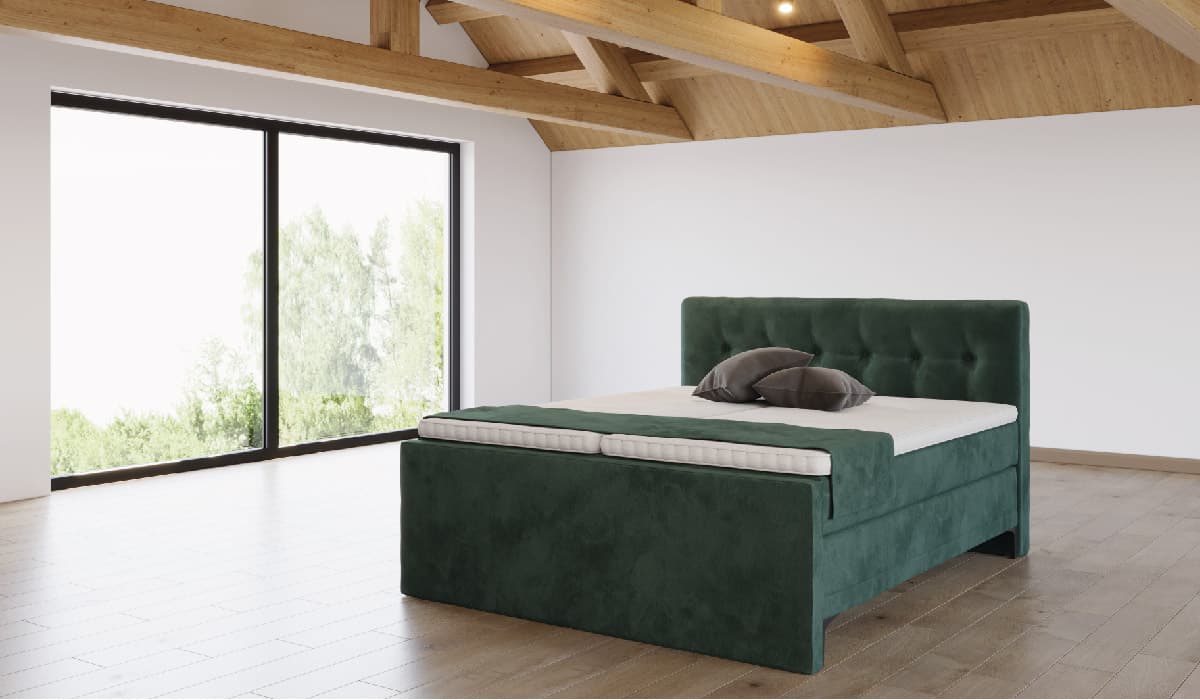Here at iONE360, we’re all about visual commerce. In fact, we help our clients to embed the right product visualization tools in their websites and apps. We do it because visual commerce bridges the imagination gap – especially for big-ticket furniture products like sofas and dining sets that come in thousands or even millions of variants. Our data shows that giving customers sufficient visual information can boost in store sales by as much as 80% and online sales by over a quarter. Here’s a handy guide to what it is and why it matters to furniture companies.

Here at iONE360, we’re all about visual commerce. In fact, we help our clients to embed the right product visualization tools in their websites and apps. We do it because visual commerce bridges the imagination gap – especially for big-ticket furniture products like sofas and dining sets that come in thousands or even millions of variants.
Our data shows that giving customers sufficient visual information can boost in store sales by as much as 80% and online sales by over a quarter. Here’s a handy guide to what it is and why it matters to furniture companies.
What is visual commerce?
Visual commerce – or visual marketing – uses high-quality visual content to enable customers to explore, interact, and build a relationship with a physical product in a virtual environment. As we explored in a previous blog post about the customer journey, visual commerce is an ideal way to enhance the customer experience and support your guided selling process.
Visual commerce – done well – brings your customers closer to different variants of your furniture products without them having to step inside a showroom. They can easily view multi-angle product images, different product configurations, and authentic user-generated content, alongside the Virtual Reality (VR) and Augmented Reality (AR) experience of your products.
Presenting multiple types of product visualization to your customer helps them access the right visual content at the right phase of their journey with your brand and product. On top of that, putting visual commerce at the center of your customers’ shopping experience helps build buyer confidence.
How do furniture companies use visual commerce?
Visual commerce helps furniture brands to make an impact on their target audience. Using the suite of product visualization tools inside the iONE360 platform, our clients can deploy an array of visual marketing tactics.
High-quality renders
Most visual commerce involves static images in one form or another. But, as we uncovered in our blog post on the benefits of automated CGI for furniture, producing multiple static photographs of real products is time-consuming and expensive.
Computer-generated, highly realistic, product images – that resemble real photography – are a more efficient and effective way to create static images. Plus, high-quality room renders and specially designed 3D rooms are also a great way to help customers visualize furniture in context.

Personalization and customization
There are consumers who like to leave their personal mark on a product – getting creative with customizations and configurations to build something unique to them. Visual commerce, such as a product configurator, can give consumers the opportunity to build their ideal product, think of custom closets and sectional sofas.
Some companies choose to embed product configurators in their website to enable customers to either experience the product in interactive 3D, or generate high-quality renders of their preferred combination of colors and features. They also use room planners, so customers can view an item in the context of a virtual room and get a clearer picture of what it will look like in their own home, increasing their confidence to buy.

Augmented Reality
Other companies are already using next-level visual commerce technology, integrating AR tools that let customers view a piece of furniture within the context of their own home – overlaying real-world rooms with realistic computer-generated models that are almost indistinguishable from the actual product.

Sharing on social media
It’s also worth considering that when consumers love a brand, they also like to make a statement, often through sharing user-generated content (UGC) on social media – such as photographs of products inside their homes. Use of augmented reality on Instagram is also now possible, and another strong channel for UGC.
Visual commerce tools from iONE360
At iONE360, we offer 3D product configurators and viewers together with AR technology, and automated CGI functionality – all accessed via a single, easy-to-use platform that houses all your visualization tools and 3D assets in one place.
Whether your (end) customers are choosing colors and features or deciding if the configured item looks good in their home – before they commit to a purchase – putting a range of visualization tools in their hands means they can access the right information at the right time in their customer journey.
Want to explore the look and feel of iONE360’s visual commerce tools? View our product demos